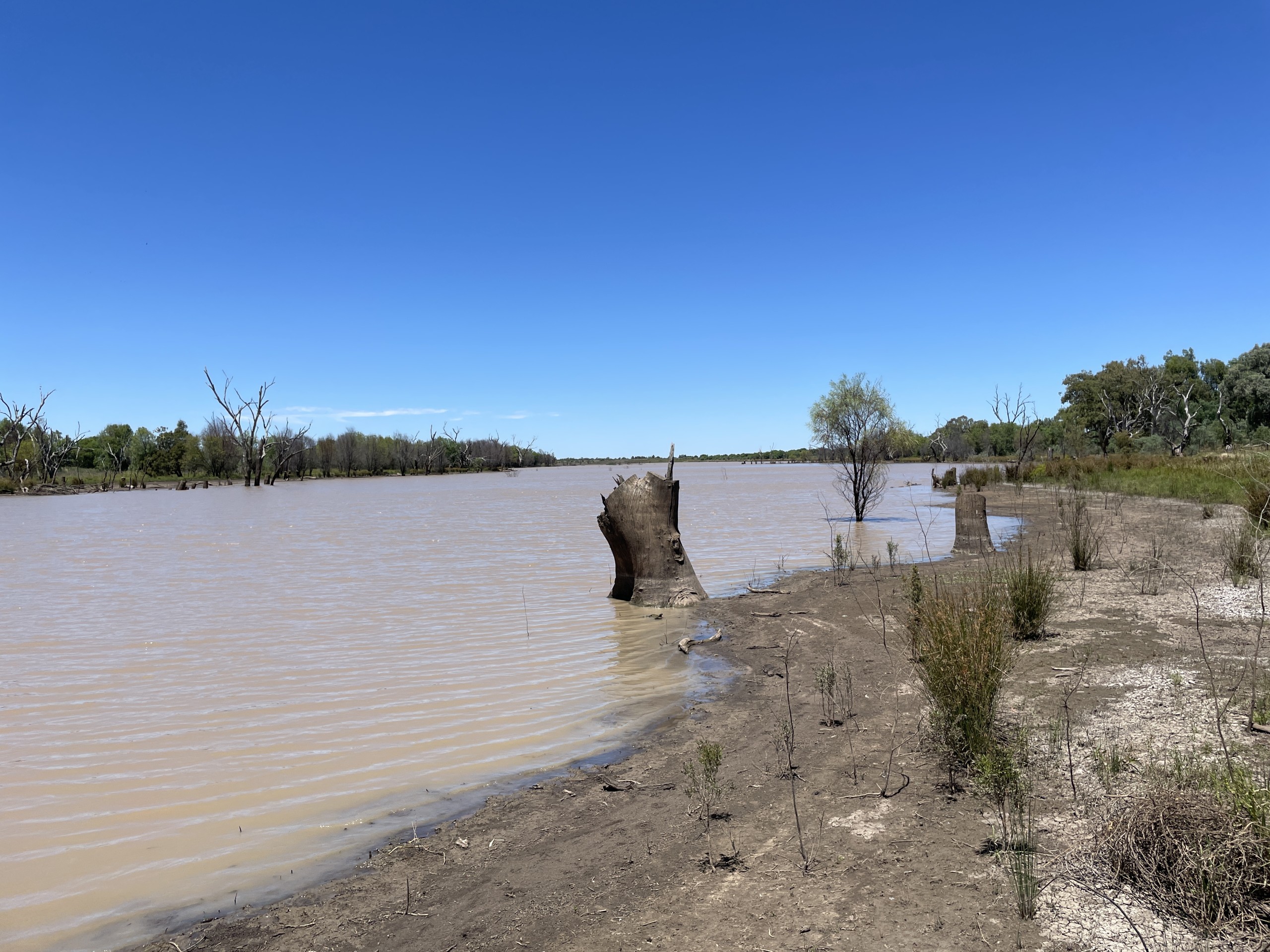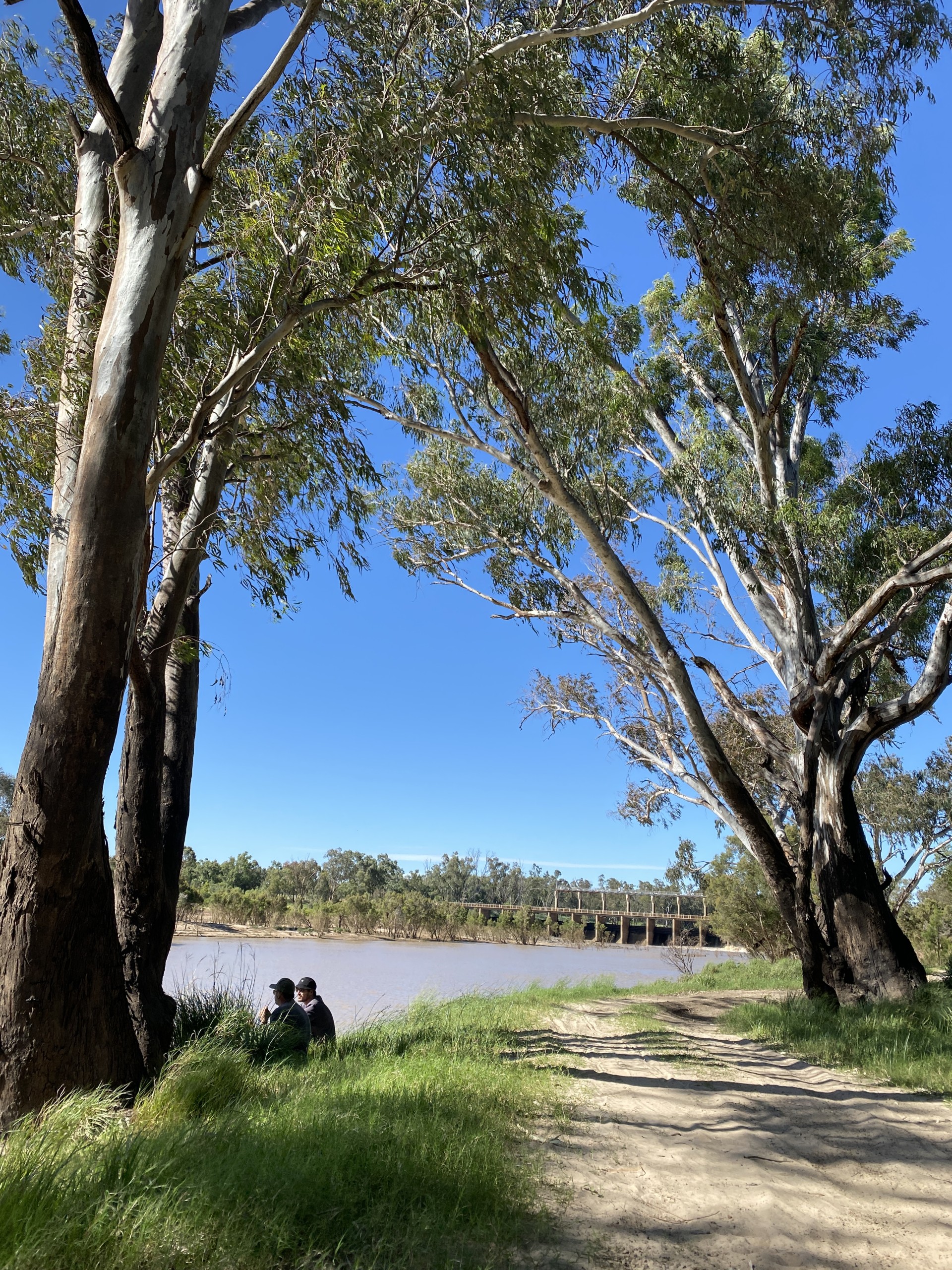Incorporating First Nations Land Management into technical approaches to water modelling.

Background
This pilot project seeks to understand and address gaps within the water planning process to ensure that First Nations Land Management practices can be effectively integrated, alongside relevant models, into landscape rehabilitation and resilience. The project focusses on the community of St George in the Northern Murray Darling Basin.
Opportunity for futures
The opportunity for futures is best summed up via this quote from the Statement on environmental water use in 2021–22 created by Traditional Owners from many parts of the Southern Murray Darling Basin who came together on Latji Latji Country, in Mildura to share information about the health of Country and discuss preferred outcomes from the management of environmental water.
“We want co-management of all environmental water. We want to be empowered to make the decisions about how environmental water is used. Prioritisation and water planning should be driven from the ground up, by First Nations. Give us control and we will show you how to heal Country and, in doing so, we will maintain intergenerational transfer of knowledge.
We want water managers to listen deeply to what Traditional Owners and Elders have to say and to help us access your science to back our objectives (not the other way round).
We need policy changes, transparency and reviews of the existing entitlement system. We need to review and amend the Basin Plan to reflect our knowledge, science and human rights. We need Traditional Owners involved in the highest level of all Government agencies and we need our own agencies and statutory bodies.”[1]
Our approach
Working collaboratively and across multiple disciplines Relative Creative (First Nations-led strategic designers and communication designers), Firesticks Alliance (First Nations land management practitioners) and Water Technology (water, engineering and environmental consultants) will progress the project under the cultural guidance and authority of Mandandanji Traditional Owner, Aunty Kay Blades.
The project will progress in five phases through literature reviews, case studies, community engagement and co-design, and technical analysis. As the project progresses there are a number of key outcomes that will help analyse gaps, share learnings and document the process undertaken.
The project will establish what work is necessary to underpin future requirements, test application in other locations and make recommendations around how and where Indigenous Knowledge could be engaged within the Water Modelling Pipeline, including better engagement and inclusion of First Nations Land Management practices through engagement with First Nations Knowledge holders and the application of First Nations Land Management practices by First Nations peoples. This work will have further involvement with end-users, including best-practice recommendations around how to approach this. Anticipated end users include the St George community, local NRM groups, QWMN, DES and local council.
Reference
[1] https://www.dcceew.gov.au/water/cewo/working-with-first-nations/first-nations-input-to-planning#statement
